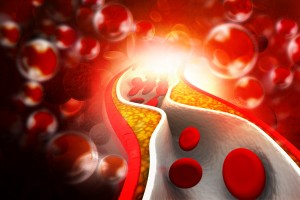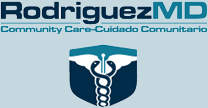Understanding Good and Bad Cholesterol
 Cholesterol levels are measured by a blood test referred to as a lipid profile or lipid panel. The numbers are broken down into LDL (low density lipoprotein), which is “bad” cholesterol and HDL (high density lipoprotein), known as the “good” cholesterol. Most of the body’s cholesterol falls into the LDL category.
Cholesterol levels are measured by a blood test referred to as a lipid profile or lipid panel. The numbers are broken down into LDL (low density lipoprotein), which is “bad” cholesterol and HDL (high density lipoprotein), known as the “good” cholesterol. Most of the body’s cholesterol falls into the LDL category.
An overabundance of LDL cholesterol forms a build up of plaque along the walls of the blood vessels. This plaque, if thick enough, can block blood flow causing a heart attack. The lower the LDL number, the lower the risk of developing heart disease.
The high density lipoproteins absorb cholesterol and take it to the liver. It can then be flushed from the body before it can block the blood vessels. A higher HDL number on the lipid profile indicates a lower risk for heart disease.
An LDL number of 190 mg/dL or higher means a higher risk for heart disease. An HDL number less than 40 mg/dL for men and less than 50 mg/dL for women indicates higher risk. The lipid profile also measures triglycerides and gives the total cholesterol number. The doctor takes all these numbers into consideration when recommending treatment options. Diet and lifestyle changes may be recommended to try to reduce the risk, or the patient may be prescribed medication such as a statin drug. Lifestyle changes can include eating a healthy diet, losing weight, exercising regularly, and quitting tobacco use. The doctor will also consider the patient’s other risk factors including age, weight, gender, race, diet, and medical history.
Adults at average risk for heart disease should have a cholesterol test every five years, beginning at age 18. The doctor may recommend testing more often if the patient is overweight, smokes, has diabetes, is physically inactive, or has a family history of heart disease.
To learn more about your cholesterol levels, contact RMD Primary Care to schedule an appointment.




